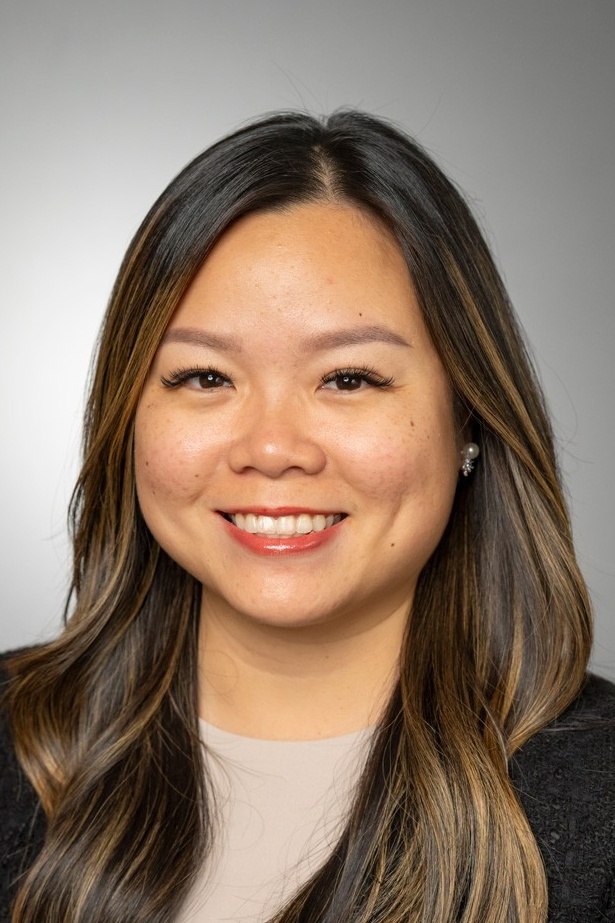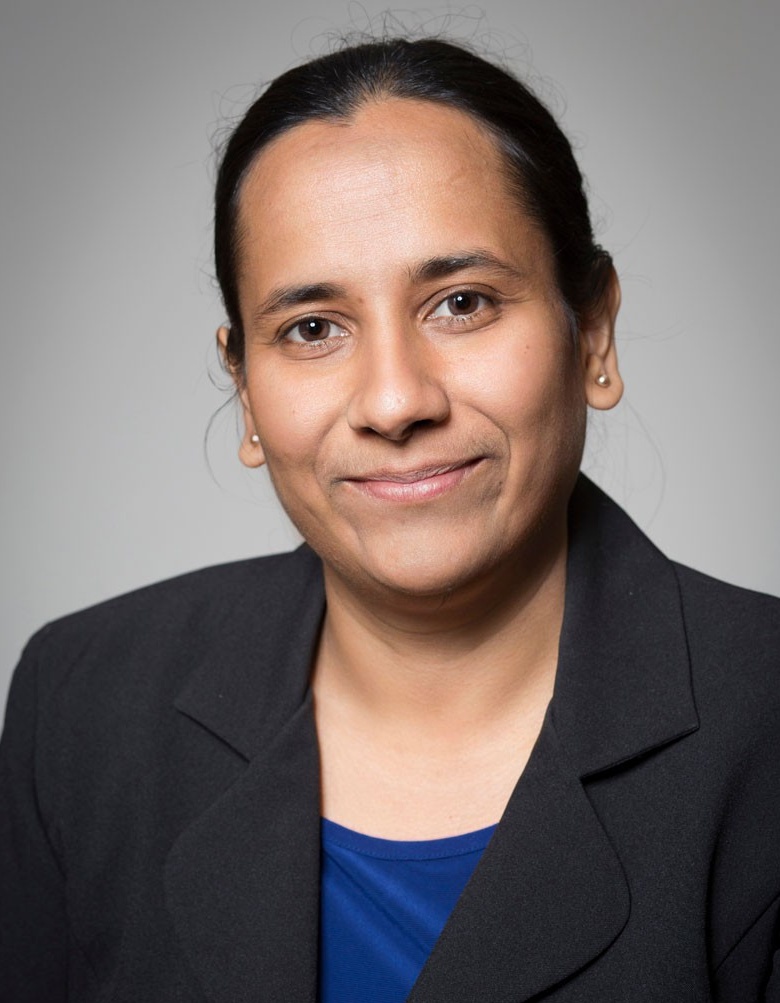Insights
News about faculty and their research
On this page:
Welcome new faculty

Murdock
Three new faculty joined the School of Management last fall, adding to an impressive lineup of outstanding teachers and researchers.
Thomas Murdock is a clinical assistant professor of entrepreneurship, and his expertise lies at the intersection of entrepreneurship and economic development. He teaches several courses in entrepreneurship as well as the “Experience the 50” course in Global Programs and the Social Impact Fellows program. In addition to his faculty role, he leads UB’s Western New York Incubator Network and Reimagine Entrepreneurship Workforce Center initiatives, which are focused on developing new entrepreneurs in the local economy.
Previously, Murdock was an international management trainee and marketing manager at United Technologies Corp. in Chicago, and a management consultant at Deloitte Consulting in New York City. He has a bachelor’s degree from Miami University and an MBA from University of Notre Dame.
Murdock lives in Buffalo’s Elmwood Village and spends his free time refurbishing his house and working with organizations focused on Buffalo’s growth. Together with his dog, Ruskin, he also volunteers in area nursing homes through the SPCA Paws of Love program.

Nguyen
Cassie (Phuong) Nguyen is a clinical assistant professor of accounting. She teaches taxation courses at the undergraduate and graduate levels and serves as a mentor to her students in achieving their academic and career goals. Her classroom instruction is enriched by years of industry experience. At EY, she served as a tax manager in Private Tax Services, where she managed professional tax compliance and tax consulting services to several private businesses and their ultimate owners. Nguyen’s expertise is in family enterprises and the tax matters that evolve with private business operations and private wealth. Her services included tax planning opportunities for high net worth individuals and family trusts. She earned both her master’s and bachelor’s from the UB School of Management.
For fun, Nguyen likes to travel. She visited her 28th major U.S. city in January. She also enjoys trying different cuisines and stays active with golf in the summer and skiing in the winter.

Sellitto
Dominic Sellitto is a clinical assistant professor of management science and systems. He teaches cybersecurity and information assurance; business intelligence and data warehousing; digital forensics; and IT management. His research interests include natural language processing, security analytics, deepfakes and digital privacy.
Sellitto was lead cybersecurity consultant and fractional chief information security officer at Loptr LLC in East Aurora, where he planned, developed, implemented and managed security programs for clients across multiple industries. At Deloitte in Toronto, Sellitto was a senior consultant of cyber risk services, where he created, implemented and executed information security and risk management policies and procedures for key retail, financial and health care clients. He has a bachelor’s and master’s degree from the UB School of Management.
When not working, Sellitto enjoys running, skiing, computer programming (building new software) and playing guitar.

Tu demonstrates a power pose. Photo: Douglas Levere.
Strike a pose
Attractiveness pays off at work—but there’s a trick to level the playing field
Beautiful people are more likely to get hired, receive better performance evaluations and get paid more—but it’s not just because of their good looks, according to research co-authored by Min-Hsuan Tu, assistant professor of organization and human resources.
Published in Personnel Psychology, the study found that while a “beauty premium” exists across professions, it’s partially because attractive people develop distinct traits as a result of how the world responds to their attractiveness. They build a greater sense of power and have more opportunities to improve nonverbal communication skills throughout their lives.
The researchers discovered that by striking a ‘power pose’—standing with feet shoulder-width apart, hands on hips, chest out and chin up—less attractive people were able to match the level of nonverbal presence that their more attractive counterparts displayed naturally.
“By adopting the physical postures associated with feelings of power and confidence, less attractive people can minimize behavioral differences in the job search,” says Tu. “But power posing is not the only solution—anything that can make you feel more powerful, like doing a confidence self-talk, visualizing yourself succeeding, or reflecting on past accomplishments before a social evaluation situation, can also help.”
Read more at bit.ly/ubmgtpowerpose.

High turnover leads to more expensive, lower quality audits
Accounting faculty present research at PCAOB conference

Szerwo
High turnover at accounting firms reduces audit quality and damages client relationships—that was the message Brandon Szerwo, assistant professor of accounting and law, shared with industry leaders, regulators and fellow academics at an invitation-only conference this fall.
Szerwo presented research he co-authored with Joshua Khavis, assistant professor of accounting and law, at the Public Company Accounting Oversight Board’s eighth annual Conference on Auditing and Capital Markets in October. The study is the first to quantify the costs of turnover within accounting firms on audits and client relationships.
To conduct their research, Szerwo and Khavis obtained proprietary employee turnover data on 20 large U.S. accounting firms, including the Big Four, from a leading employment analytics company. Then, they parsed through data from 412 individual offices and 4,825 clients to calculate year-over-year turnover and its effects on audit quality and auditor-client relationships across several metrics.

Khavis
They found offices experiencing high turnover charge clients more in fees and spend less time on audits, and their clients are more likely to switch auditors the following year.
“As headlines describe the ‘Great Resignation’ and staffing shortages become commonplace, our research is increasingly relevant,” Szerwo says. “While our results are specific to the audit field, we shed light on the broader phenomenon of turnover across an entire industry and how it can affect firms, employees, customers and investors.”
Established by Congress through the Sarbanes-Oxley Act of 2002, the PCAOB oversees the audits of public companies to protect investors and further the public interest. The Securities and Exchange Commission oversees the PCAOB’s work to establish auditing standards and register public accounting firms that prepare audit reports.
Huh wins Fulbright Scholar Award

Huh
Sahn-Wook Huh, associate professor of finance, has received a Fulbright Scholar Award, one of the most prestigious scholarships in the world.
For the 2021-22 academic year, Huh holds the Fulbright Canada Distinguished Research Chair in Entrepreneurship at Carleton University in Ottawa, Canada. The grant allows him to present his research at workshops and seminars at Carleton and funds his research on the effect of prescription drug approvals on financial markets.
Throughout his distinguished academic career, Huh has also won several awards from the Financial Management Association (FMA) and at international conferences—including another accolade for Best Paper in Market Microstructure at the 2021 FMA Annual Meeting.
Read more at bit.ly/huh-fulbright.

Data mining the past
New algorithm searches historic documents to discover noteworthy people

Dutta
Old newspapers provide a window into our past, and a new algorithm co-developed by a School of Management researcher is helping turn those historic documents into useful, searchable data.
Published in Decision Support Systems, the algorithm can find and rank people’s names in order of importance from the results produced by optical character recognition (OCR), the computerized method of converting scanned documents into text that is often messy.
“It’s a known fact that when OCR software is run, very often the text gets garbled,” says Haimonti Dutta, assistant professor of management science and systems. “With old newspapers, books and magazines, problems can arise from poor ink quality, crumpled or torn paper, or even unusual page layouts the software isn’t expecting.”
To develop the algorithm, the researchers partnered with the New York Public Library (NYPL) and analyzed more than 14,000 articles from New York City newspaper The Sun published during November and December of 1894. The NYPL has scanned more than 200,000 newspaper pages as part of Chronicling America, an initiative of the National Endowment for the Humanities and the Library of Congress that is working to develop an online, searchable database of historical newspapers from 1777 to 1963.
Their algorithm ranks people’s names by importance based on a number of attributes, including the context of the name, title before the name, article length and how frequently the name was mentioned in an article.
The algorithm learns these attributes only from the text—it does not rely on external sources of information such as Wikipedia or other knowledgebases. But since the OCR text is garbled, it can’t determine how effective these attributes are for ranking people’s names. So the researchers used statistical measures to model the many data attributes, which helped provide the desired ranking of names.
The researchers used two sets of the historic articles to test their algorithm: One set was the raw text produced from the OCR software, the other set had been cleaned up manually by New York City schoolchildren, who are using the articles to write biographies of local, notable people of the time.
When compared to the cleaned-up versions of the stories, the ranking algorithm is able to sort people’s names with a high degree of precision even from the noisy OCR text.
Dutta says their process has wide-reaching implications for discovering important people throughout history.
“We recently used this technique on African American literature from the Civil War to learn more about noteworthy people during the era of slavery,” says Dutta. “Going forward, we’ll be expanding the technique to examine relationships between people and build out the social networks of the past.”

Important historical figures identified by the new algorithm (left to right): Grand Duke George Alexandrovich of Russia, Capt. William Bainbridge-Hoff, Fanny Gordon and Chauncey Mitchell Depew. Photos: Public Domain